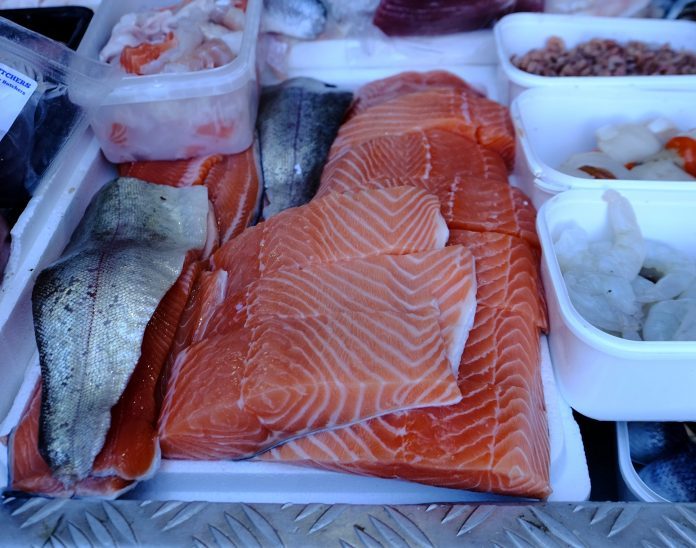Canadian consumers are getting duped en masse according to a national report from an advocacy organisation.
Across five of its biggest cities, Vancouver, Victoria, Toronto, Ottawa and Halifax, researchers from Oceana Canada, the Canadian arm of a charity dedicated to protecting the oceans, found that roughly 44 per cent of fish and seafood across Canada is being incorrectly labelled.
Furthermore the group tested retailers and restaurants, found that 60 per cent of the roughly 400 samples were found to carry consequences for people’s health.
For example instead of butterfish, consumers have been eating escolar — a fish dubbed “the laxative of the sea” — which is banned in several countries, such as Japan, South Korea and Italy, because of the health risks which cause acute gastrointestinal symptoms such as diarrhea, vomiting and nausea. Escolar was also a substitute for white tuna.

The Seafood Fraud and Mislabelling report released yesterday also documents how the global problem of seafood fraud can not only hurt consumers health and the oceans but also their wallets.
The problem is particularly prevalent in restaurants, where more than half of the samples tested were mislabelled. Researchers found cheaper haddock and pollock substituted for cod and farmed salmon was being served up as wild salmon.
Farmed vs wild
Out of the 56 salmon samples found and tested, 18% had been mislabelled. Meaning when a consumer bought a wild-caught Pacific salmon at food retailers (such as restaurants grocery stores and markets) they were actually getting farmed Atlantic salmon.

The fraud is costly to consumers considering that Atlantic Salmon costs three times less than sockeye per kilo (depending on the harvest).
The group advocated to look towards the European Union’s model who have traceability regulations and measures in place to track fish at every step from capture to consumption. Unlike the European Union and the United States, Canada doesn’t require labels to include where a fish was caught or harvested. The only required geographic information is where the seafood was last processed.











